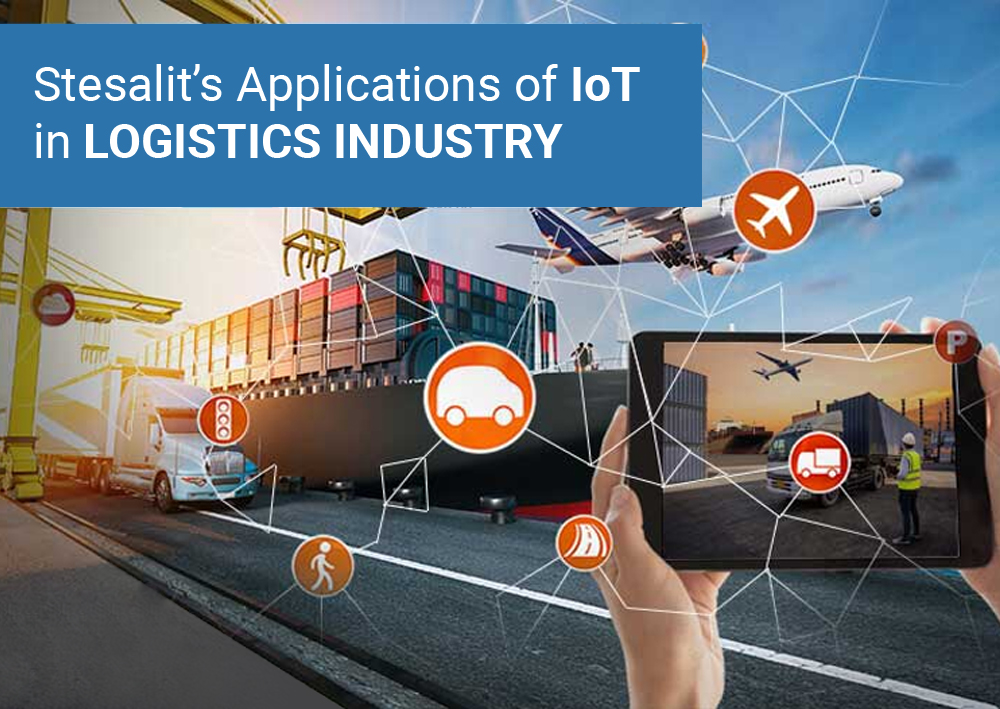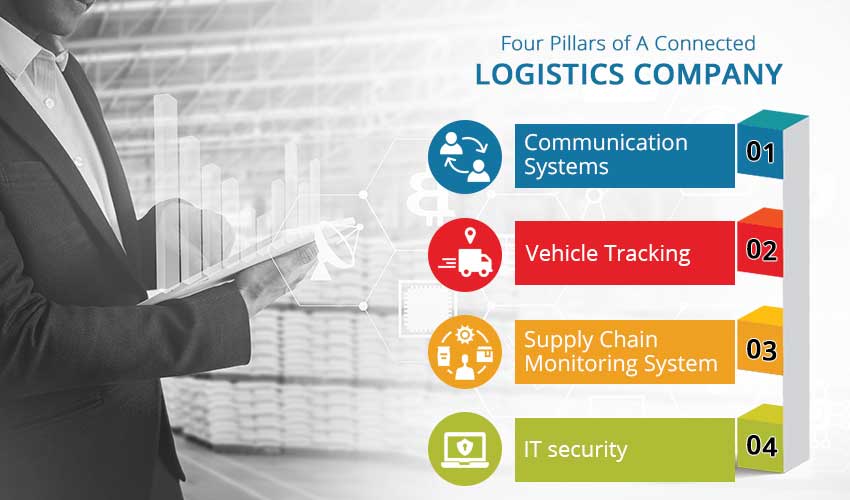Location and
Route Management
Trucks and Goods Trains are the lifeline of any logistics company. In fact, around 95% of all the manufactured goods at one point are transported via truck sand goods trains. Logistics and fleet companies hence require systems that can help them manage their fleet operations.

